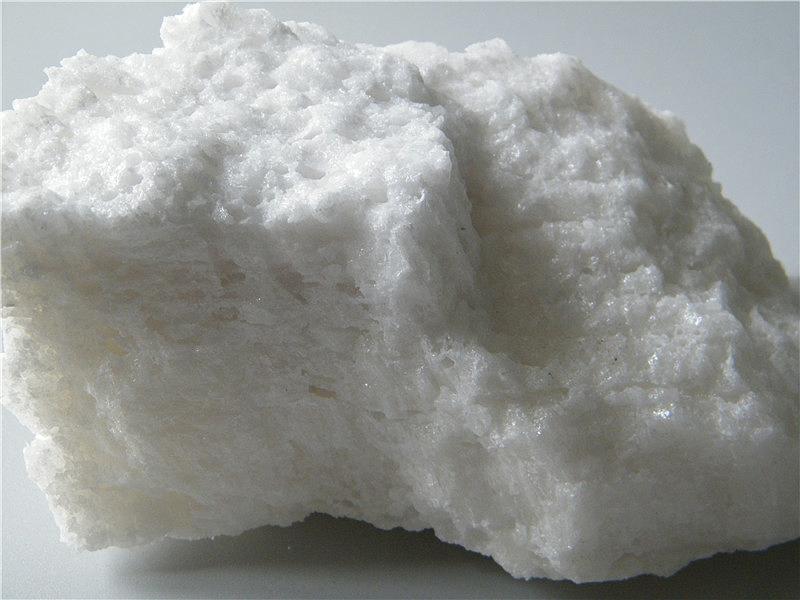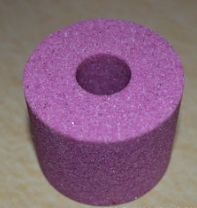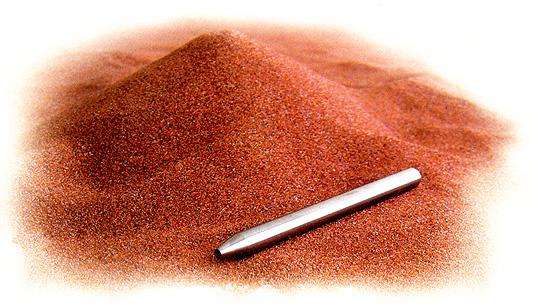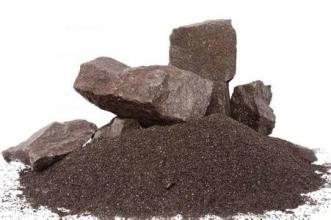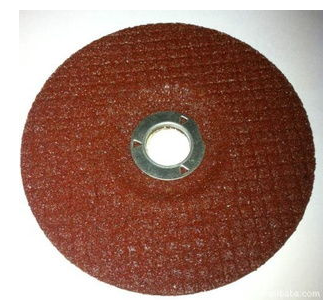Angle Grinder
A circular bonded abrasive tool with a through hole in the center made of abrasives and binder resin. Angle grinding discs are the most commonly used and widely used type of grinding tools. When used, they rotate at high speed and can be used for rough grinding and semi-finishing of the outer circle, inner circle, flat surface and various profiles of metal or non-metal workpieces. Grinding and fine grinding as well as grooving and cutting off, etc. There are many types of angle grinders. According to the abrasives used, it can be divided into ordinary abrasives (corundum, silicon carbide, etc.) grinding wheels and natural abrasive superabrasives and (diamond, cubic boron nitride, etc.) grinding wheels; according to the shape, it can be divided into flat grinding wheels, bevel grinding wheels, cylindrical grinding wheels, Cup-shaped grinding wheels, disc-shaped grinding wheels, etc.; according to the bond, they can be divided into ceramic grinding wheels, resin grinding wheels, rubber grinding wheels, metal grinding wheels, etc. The characteristic parameters of the grinding wheel mainly include abrasive, viscosity, hardness, bond, shape, size, etc. Since the grinding wheel usually works at high speed, a rotation test (to ensure that the grinding wheel will not break at the highest operating speed) and a static balance test (to prevent machine tool vibration during operation) should be performed before use. After a grinding wheel has been in operation for a period of time, it should be dressed to restore grinding performance and correct geometry. Introduction Angle grinder is a kind of resin grinding tool using special fiber fabric as reinforcement material. Angle grinding discs have high tensile resistance, impact resistance and bending strength. Angle grinding discs are widely used for grinding and rust removal of various metal and non-metallic materials, which are fast and economical. Using resin as a binder and glass fiber mesh as a reinforced high-speed grinding tool, it has high toughness, high impact strength, high grinding rate, easy use and safety. The maximum operating speed can reach 80m/s. It can be installed on various grinding machines for free grinding. It is easy to use and is widely used in various aspects of automobiles, ships, machine manufacturing, metallurgy, and chemical construction. Clean welds, solder joints, polish castings, burrs, burrs, repair metal surface defects, etc. Used for loading and cutting ordinary steel, steel pipes, angle steel, stainless steel, sheet steel, stone, concrete, etc. Scope of application Angle grinders are tools used for grinding, grinding and polishing. Most of the abrasive tools are artificial abrasive tools made of abrasives and binders, and there are also natural abrasive tools directly processed from natural mineral rocks. In addition to being widely used in machinery manufacturing and other metal processing industries, abrasive tools are also used in grain processing, papermaking industry, and processing of non-metallic materials such as ceramics, glass, stone, plastics, rubber, and wood. During the use of the abrasive tool, when the abrasive grains are dulled, due to partial fragmentation of the abrasive grains themselves or fracture of the bond, the abrasive grains fall off partially or completely from the abrasive tool, and new cutting occurs continuously on the abrasive working surface of the abrasive tool. The cutting edge, or the continuous exposure of new sharp abrasive grains, enables the abrasive tool to maintain cutting performance within a certain period of time. Abrasives can be divided into two types according to their raw material sources: natural abrasives and artificial abrasives. The only natural abrasive tools commonly used in the machinery industry are oilstones. Artificial abrasives are divided into five categories based on basic shapes and structural characteristics: grinding wheels, grinding heads, whetstones, sand tiles (the above are collectively referred to as bonded abrasives) and coated abrasives. Ordinary abrasive bonded abrasives are abrasives that are bonded to bind ordinary abrasives into a certain shape and have a certain strength. Generally composed of abrasives, binders and pores, these three parts are often called the three elements of bonded abrasive tools. Angle grinding disc bonded abrasives can be divided into ordinary abrasive bonded abrasives and superabrasive bonded abrasives according to the different abrasives used. The former uses ordinary abrasives such as corundum and silicon carbide, and the latter is made of superabrasives such as diamond and cubic boron nitride. Abrasives play a cutting role in grinding tools. Binder is a material that consolidates loose abrasives into abrasive tools. There are two types: inorganic and organic. Inorganic binders include ceramics, amethyst, sodium silicate, etc.; organic binders include resin, rubber, and shellac, etc. The most commonly used are ceramic, resin and rubber bonding. The hardness of the abrasive tool mainly depends on the amount of binder added and the density of the abrasive tool. If the abrasive grains fall off easily, it means the hardness of the abrasive tool is low; otherwise, it means the hardness is high. The hardness levels are generally divided into seven levels: extra soft, soft, medium soft, medium, medium hard, hard and extra hard. These levels can be further subdivided into several smaller levels. The most commonly used methods for measuring the hardness of abrasive tools are the hand cone method, the mechanical cone method, the Rockwell hardness tester method and the sandblasting hardness tester method. The hardness of the abrasive tool has a corresponding relationship with its dynamic elastic modulus, which is conducive to using the audio method to measure the dynamic elastic modulus of the abrasive tool to express the hardness of the abrasive tool. In grinding processing, if the material of the workpiece to be ground has high hardness, generally a grinding tool with a low hardness is used; otherwise, a grinding tool with a high hardness is used. The tissue of angle grinders is roughly divided into three categories: tight, medium and loose. Each category can be further subdivided into numbers, etc., and are distinguished by organization numbers. The larger the structure number of the abrasive tool, the smaller the volume percentage of the abrasive in the abrasive tool, and the wider the gap between the abrasive grains, which means the looser the structure. On the contrary, the smaller the organization number, the tighter the organization. The structure of the abrasive tool is only controlled according to the abrasive tool formula during manufacturing and is generally not measured. The abrasive grains of the abrasive tool with a tight structure are not easy to fall off, which is beneficial to maintaining the geometric shape of the abrasive tool. Grinding tools with a looser structure are not easy to passivate during use and generate less heat during the grinding process, which can reduce thermal deformation and burns of the workpiece.

